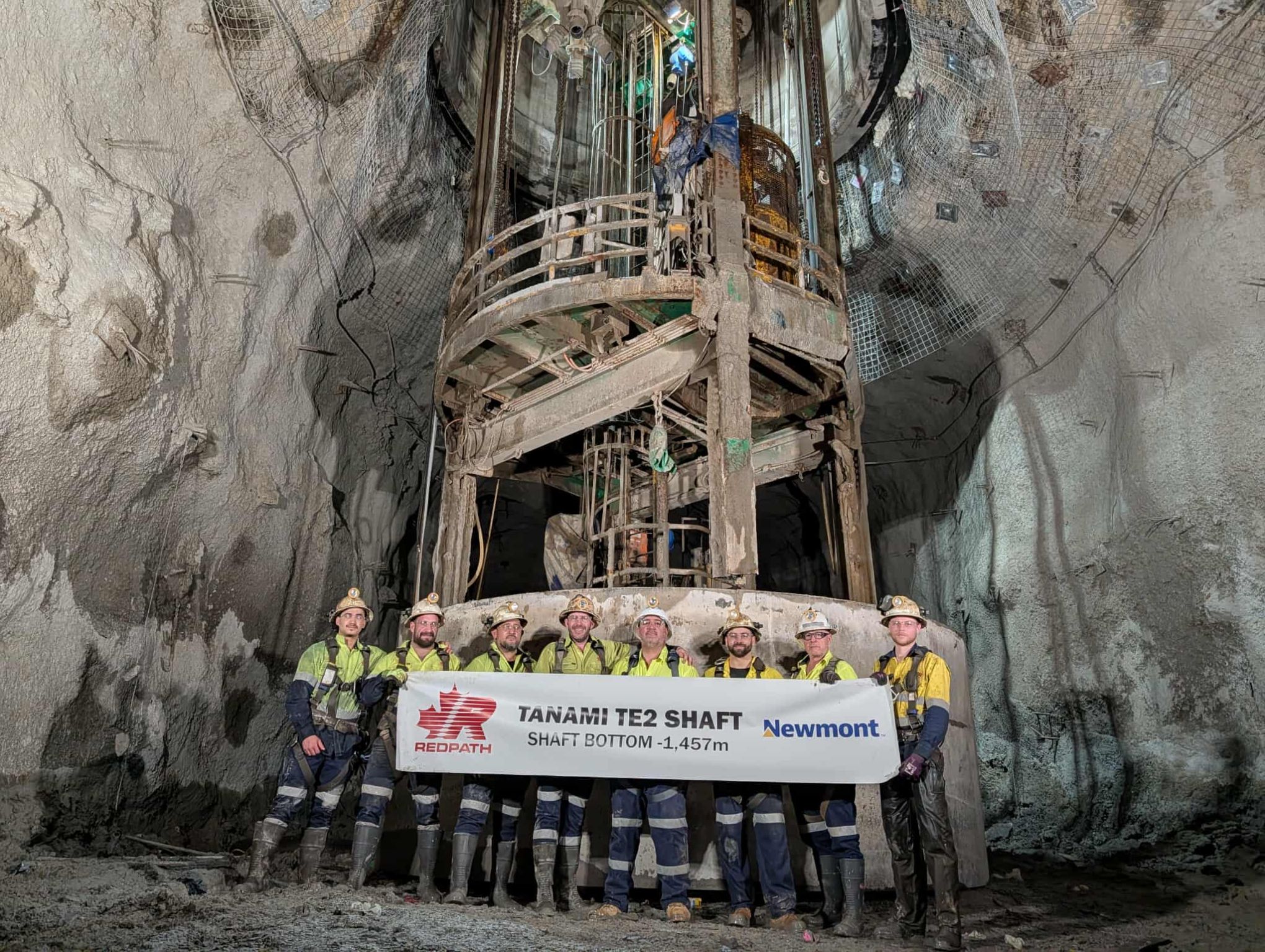
If the feasibility report comes in as expected the former owner of the Schaft Creek deposit will have a big decision to make, as Copper Fox CEO Elmer Stewart explains to Alan Swaby.
At the time of writing, it’s easy to imagine that the computers at Teck Resources are doing some extra bench presses followed by a daily 10km run for improved stamina. Anything, in fact, to get them in peak condition for the serious number crunching they are going to have to do, starting in the next few months.
It’s crunch time at Schaft Creek deposit, one of Canada's largest undeveloped copper-gold-molybdenum-silver deposits located in north western British Columbia. This had long been Teck’s bit of land but then in 2002 it optioned its interest to a newly created private company Copper Fox Metals.
“Teck knew there were deposits in the area,” says current CEO Elmer Stewart, “but it was considered low grade which, coupled with the lack of electricity in the region and the high cost of diesel generation, made any mining operations less than appealing.”
But Teck didn’t duck out completely. Instead a complicated agreement was devised that in the event of the deposit ever being judged viable, Teck would have a range of options it could exercise.
Copper Fox is no longer the one-man entrepreneurial creation it once was. Since 2005 it has been a publically listed company and has spent heavily on a lot more exploration on its 50,000 acre stake in the “rain shadow” side of British Columbia’s mountainous spine. According to Stewart the road network is adequate but the really good news is that the provincial and federal government has agreed to finance the building of a high voltage power line into the area – opening lots of new possibilities over and above those Copper Fox is interested in.
The economics surrounding Schaft Creek are based on earlier pre-feasibility studies done by previous owners and frankly were not that encouraging. But Copper Fox has always had faith in the property and in early 2010, retained respected consultants Wardrop to complete the feasibility study which will include an updated geological model, resource estimate, reserve estimate, revised capital cost and operating costs estimates and other technical, socio-economic and financial aspects related to the feasibility study.
The finishing touches are being made on this report which Stewart confidently expects to demonstrate that Schaft Creek, far from being an ugly duckling, is all set to emerge as a beautiful swan. Should this be the case, this is when Teck’s computers will earn their keep—calculating which of the many options it has will be best to take.
On receipt of a positive bankable feasibility study, the clock starts ticking and Teck has 120 days to decide which box to open. At the very least Teck can opt for a one percent smelter royalty based on whatever sales Copper Fox might make. Alternatively, it could take $1 million worth of Copper Fox stock. But the more complicated options revolve around the possibility that it can earn back a greater or lesser share of the enterprise.
“If Teck elects to exercise its earn-back option,” explains Stewart, “it has the right to acquire a 20, 40 or 75 percent interest in the project but it has to do so by funding subsequent development costs to the tune of 100, 300 or 400 percent respectively of Copper Fox's prior expenditure—which currently is around $60 million. In other words, Teck has the option of investing anything from zero to $240 million. By the same token, the choice is one time only and can’t be changed at a later date.”
Worldwide, operational copper mines have an average grade of around 0.46 percent copper. At Schaft Creek, the pre-feasibility study indicated a grade of 0.32 percent—hence the previous lukewarm response. But this was a figure based on findings across the entire site and calculated on a projected mine life of 30 years. Stewart’s approach is how best to maximize short term returns by maximizing the cash flow from the mine over the first ten year period. Doing it this way and by concentrating on selected zones where much higher grades (essentially a starter pit) of 0.7 to 0.8 percent copper equivalent have been found, a much shorter payback period appears feasible.
The mining operation would be a conventional, open pit feeding standard flotation recovery plant. The plan is to produce two concentrates—one exclusively for molybdenum and a second for copper, gold and silver. Initial throughput of the mill is expected to start at 120,000 tonnes per day which could be jacked up to 180,000 tonnes if necessary.
No great distances are involved—one kilometer, say, to the crushing station and then 3 km of conveyors to the mill and processing plant. Nevertheless, the estimate of costs involved in getting the mine up and running as set out in the previous study was an eye watering $2.8 billion—a figure far too rich for Copper Fox to carry alone.
Stewart should know. He’s been in the mining business for 30 years, holding the position of QP (qualified person) and in this time has helped bring on stream five different gold mining operations. “Even assuming that we could raise that much money alone,” he says, “it would leave the company highly exposed in the event of a market downturn. I already have the board’s agreement that selling our interests is the best course of action.”
In the meantime, Copper Fox is preparing the necessary licenses and permits for whoever it may be who takes the ball and runs. But whatever the future brings, the geologist in Stewart is sure that Schaft Creek will have a long and productive future. “This area has all the hallmarks of an emerging porphyrydistrict and deserves more interest than the previous ‘low grade’ image it has had.”













